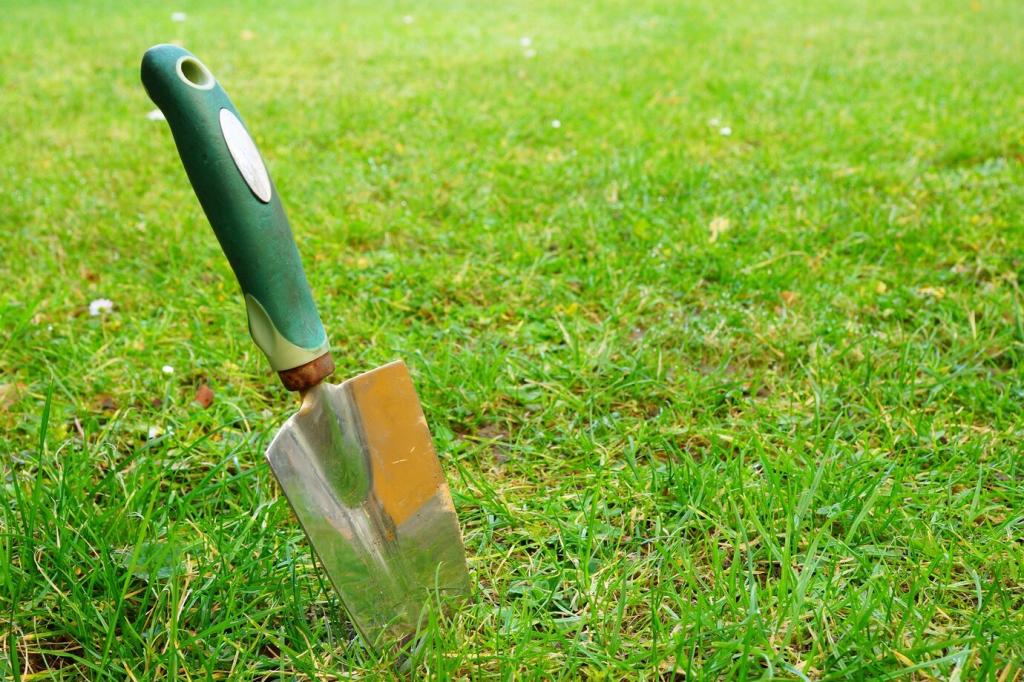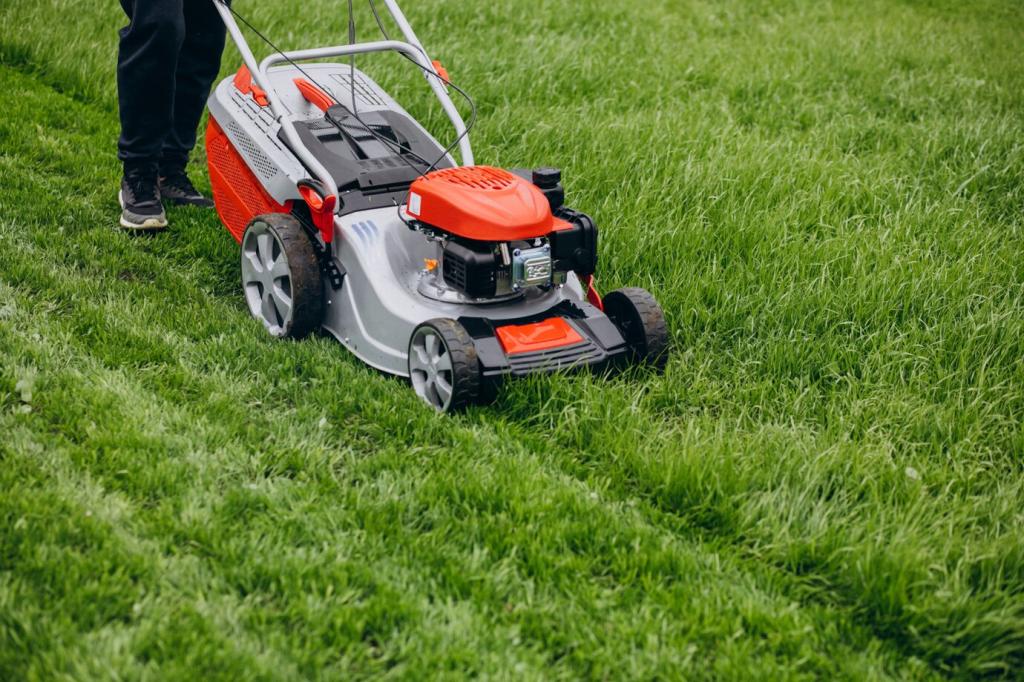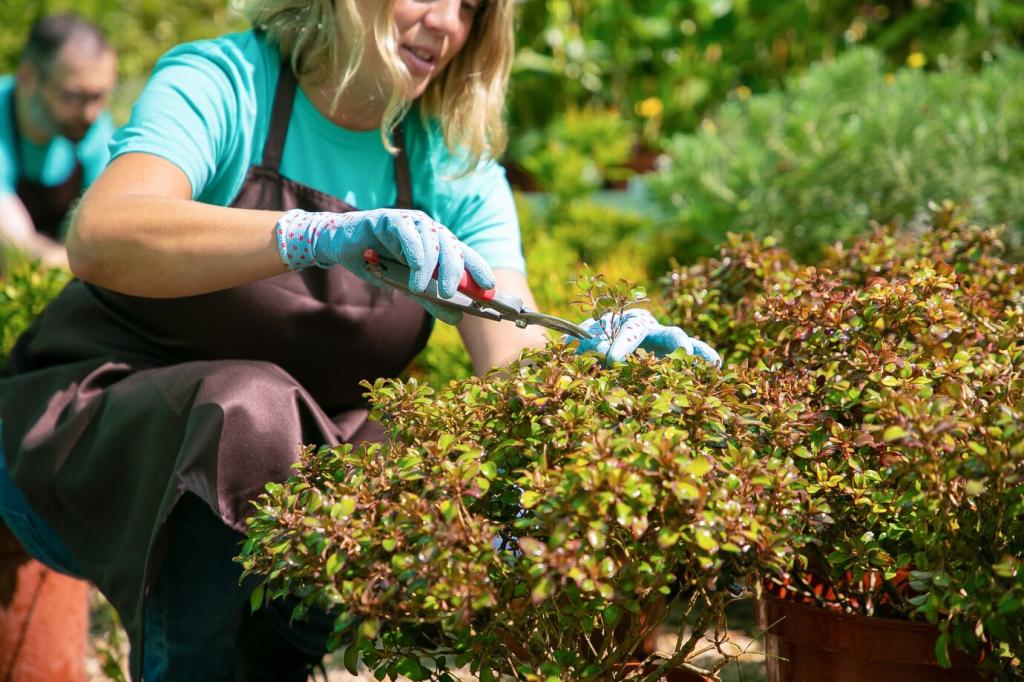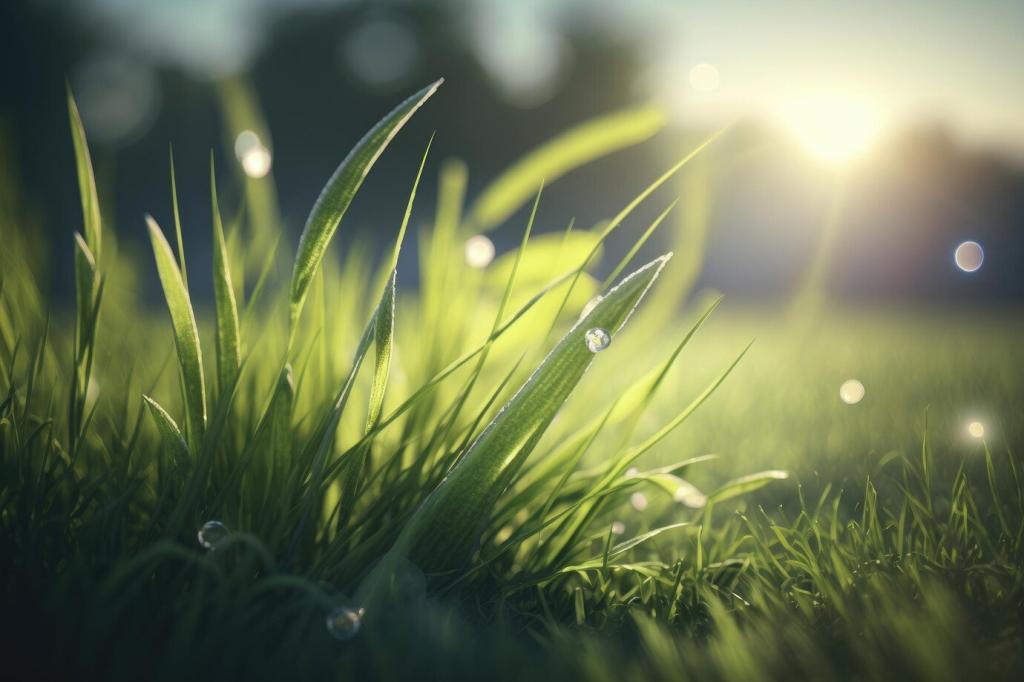Prepare the Ground: Soil, Mulch, and Establishment
Eliminate persistent weeds before planting. Use solarization, sheet mulching, or repeated shallow cultivation. A clean slate helps native plant selection shine instead of battling invaders from day one.
Prepare the Ground: Soil, Mulch, and Establishment
Choose mulch that complements your plant community. Leaf litter suits woodland beds; gravel or mineral mulch helps prairie and xeric plantings. The right mulch supports soil life and discourages weed pressure.










